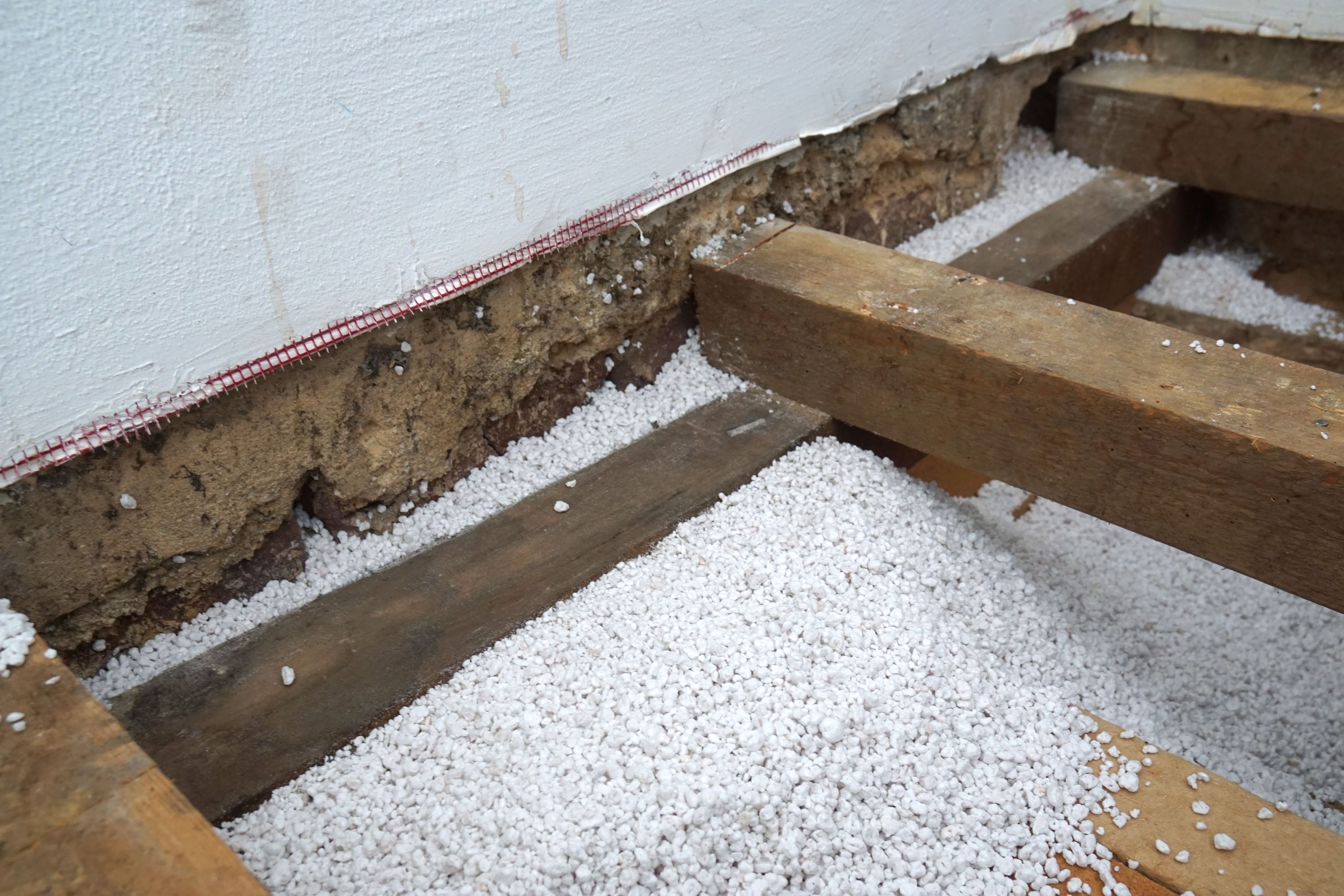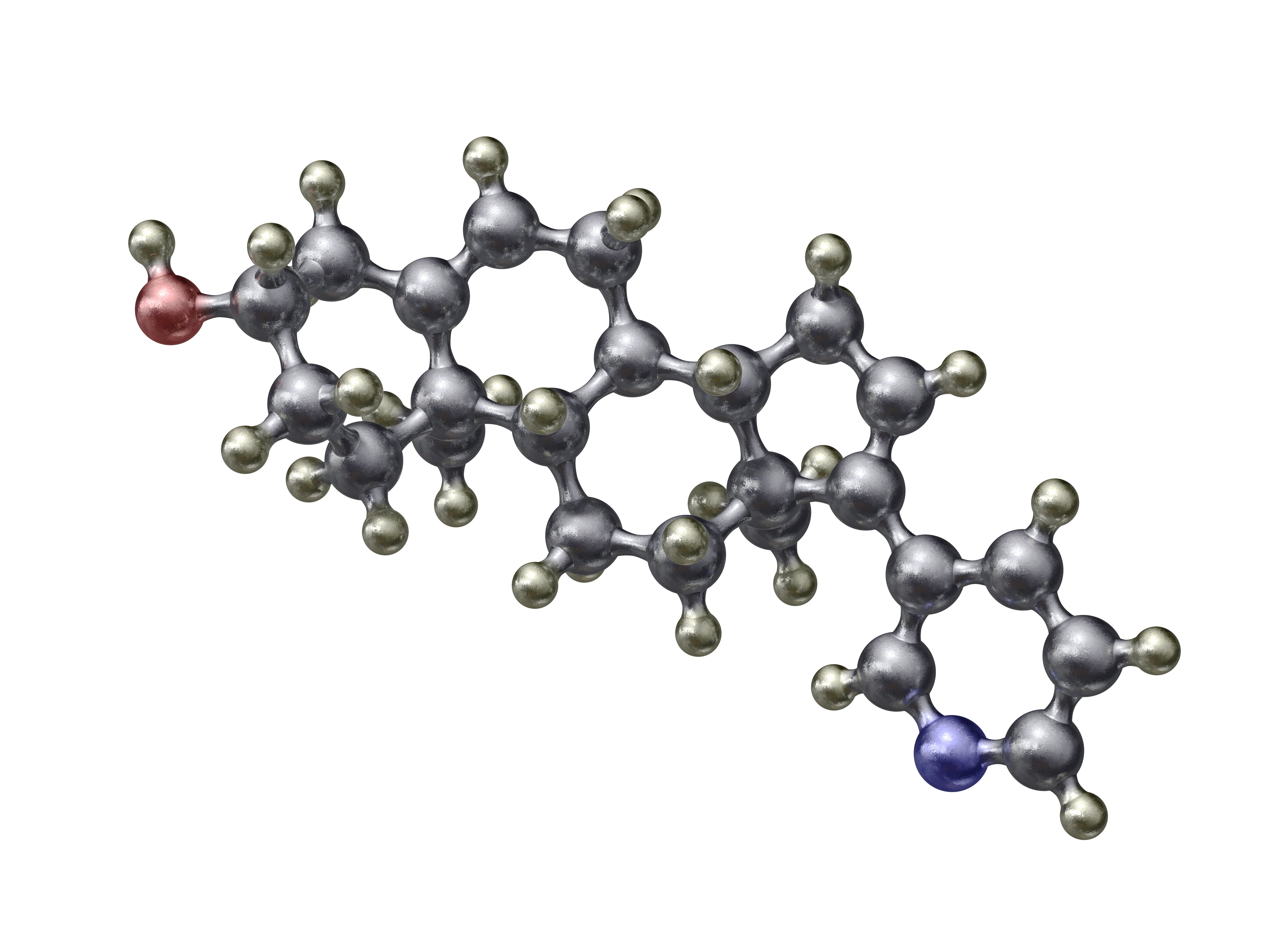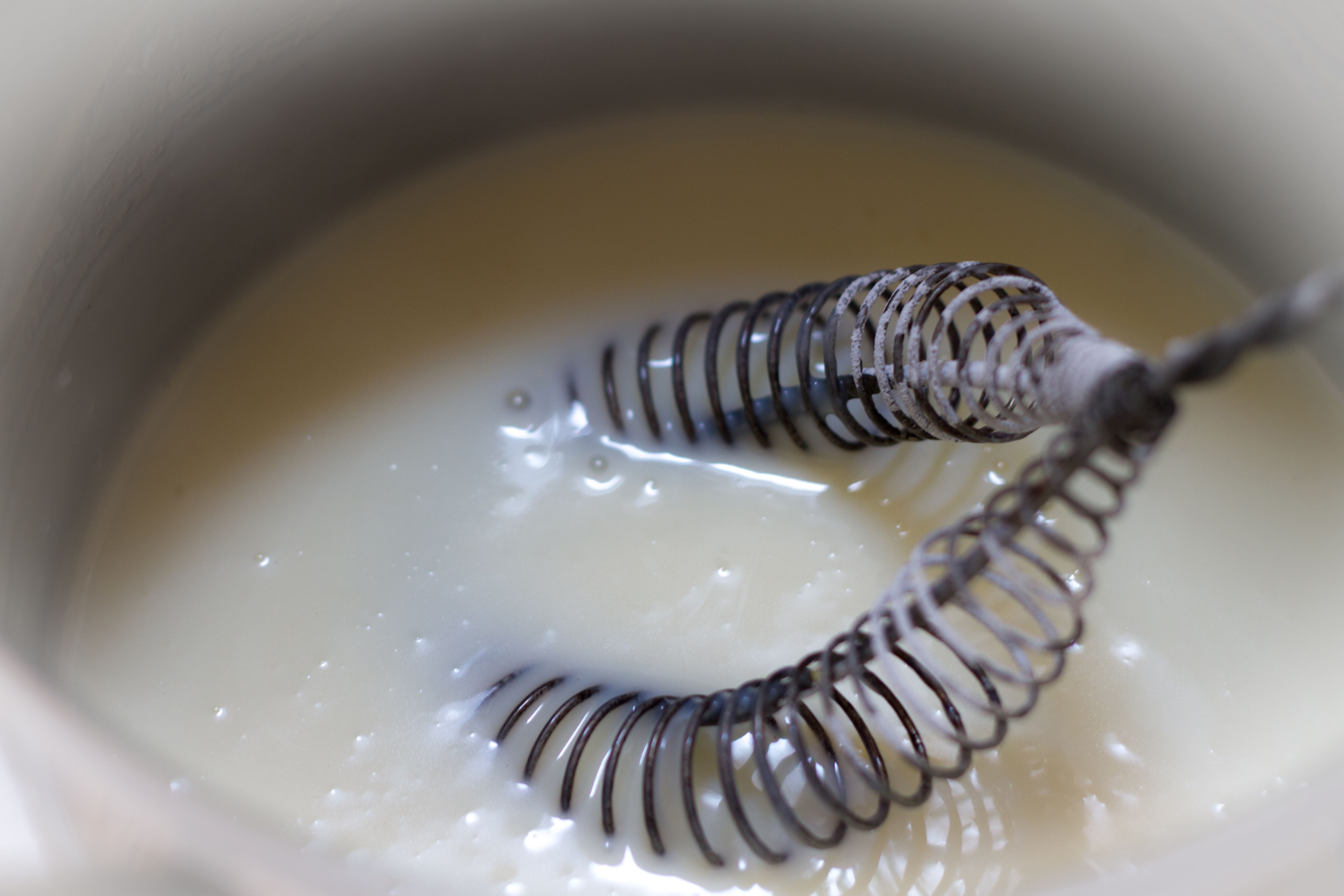Mastering Emulsifications: Crafting Light and Airy Textures with Lecithin
Understanding the Basics of Emulsification
Emulsification is a fascinating culinary process that combines two immiscible liquids, typically oil and water, into a stable mixture. This technique is foundational in creating delicious sauces, dressings, and even some desserts. To master emulsifications, it's essential to use an effective emulsifying agent, and one of the most versatile options is lecithin.
Lecithin is a natural emulsifier found in egg yolks, soybeans, and sunflower seeds. It works by reducing the surface tension between liquids, allowing them to blend smoothly. Understanding how to use lecithin effectively can elevate your culinary creations by crafting light and airy textures.

The Role of Lecithin in Emulsifications
Lecithin acts as a bridge between oil and water, helping them to mix and stay mixed. This is crucial in creating stable emulsions, such as mayonnaise or hollandaise sauce. Moreover, lecithin is prized for its ability to maintain the emulsion's stability over time, preventing the dreaded separation that can ruin a dish's consistency.
In addition to stability, lecithin can enhance the texture of your emulsions. By incorporating air into the mixture, it creates a light and airy mouthfeel that can transform a simple sauce into a luxurious experience. This quality is particularly desirable in modernist cooking where textures are as important as flavors.

Techniques for Crafting Light and Airy Textures
To achieve the perfect emulsion with lecithin, follow these steps:
- Choose the right type of lecithin: Depending on your dietary preferences, opt for soy or sunflower lecithin. Both are effective but may impart slightly different flavors.
- Measure accurately: Too much or too little lecithin can affect the emulsion's stability and texture. Start with small amounts and adjust as needed.
- Incorporate air: Use a blender or whisk to introduce air into the emulsion, which will help achieve the desired lightness.
By experimenting with these techniques, you can create emulsions that are not only stable but also have a delightful texture that enhances the overall dining experience.

Applications of Lecithin in Culinary Creations
Lecithin's versatility makes it an excellent choice for various culinary applications. Here are some popular uses:
- Sauces and Dressings: Create gourmet sauces like aioli or vinaigrettes with a professional finish.
- Desserts: Incorporate lecithin in mousses or foams for an airy texture.
- Baking: Use lecithin in doughs to improve elasticity and moisture retention.
These applications demonstrate how lecithin can be a valuable tool in both traditional cooking and innovative culinary techniques.
Experimenting with Modernist Cuisine
Modernist cuisine often involves the use of emulsifiers like lecithin to push the boundaries of traditional cooking. By experimenting with different ratios and techniques, chefs can create unique textures and presentations that surprise and delight diners.
For instance, using lecithin to create foams or airs can add an element of surprise to dishes, elevating them from ordinary to extraordinary. This approach allows chefs to play with flavors and textures in new and exciting ways.
Conclusion: Embrace Creativity with Lecithin
Mastering emulsifications with lecithin opens up a world of culinary possibilities. Whether you're crafting a classic sauce or experimenting with modernist techniques, lecithin provides the stability and texture needed to achieve remarkable results.
By understanding its properties and potential applications, you can elevate your cooking skills and create dishes that are both visually stunning and deliciously satisfying. So embrace your creativity and start experimenting with lecithin in your kitchen today!
